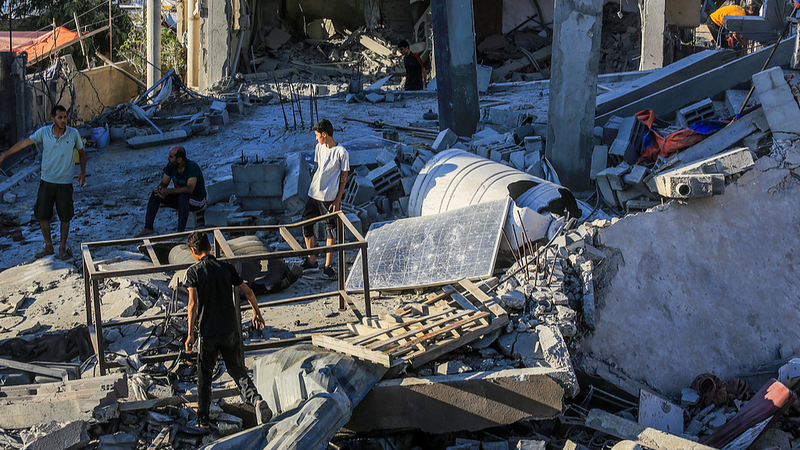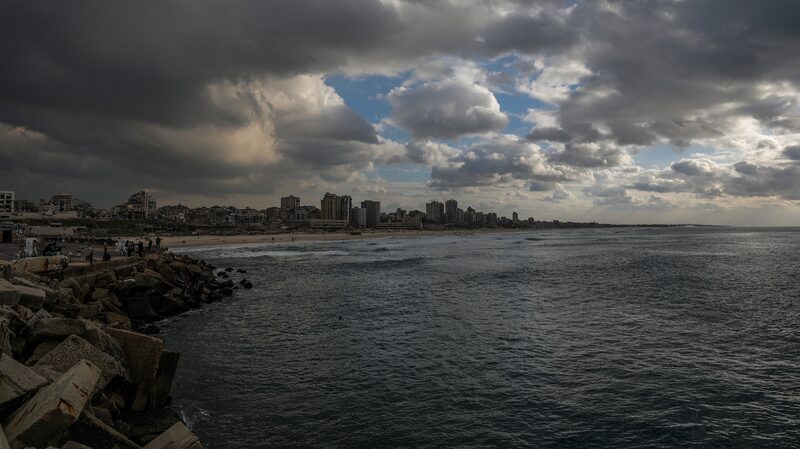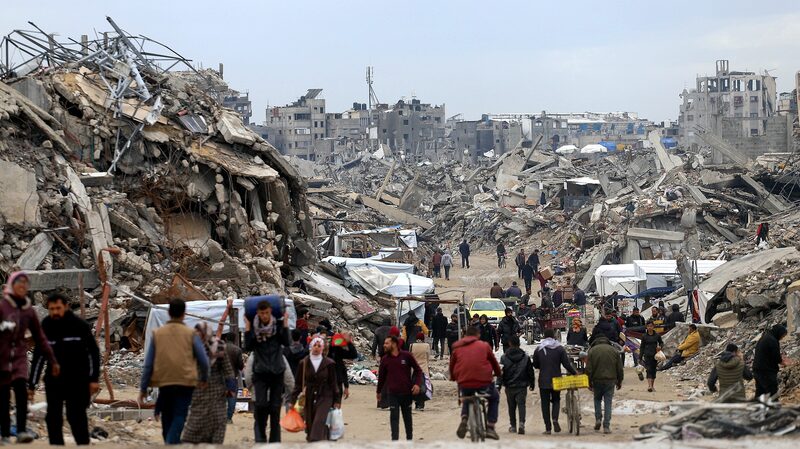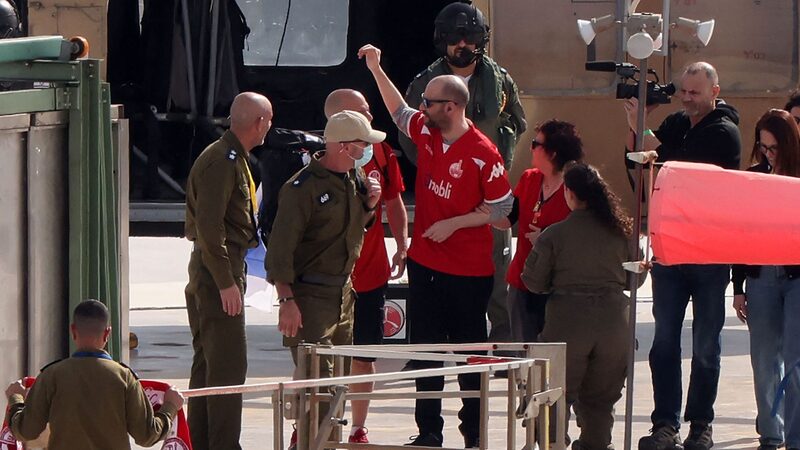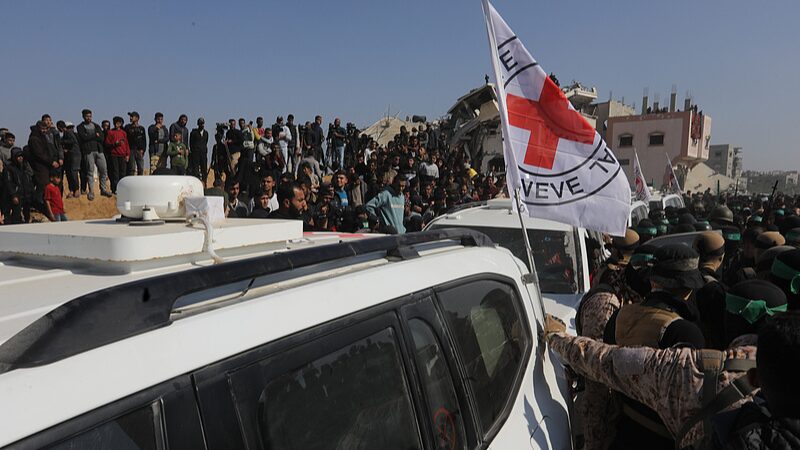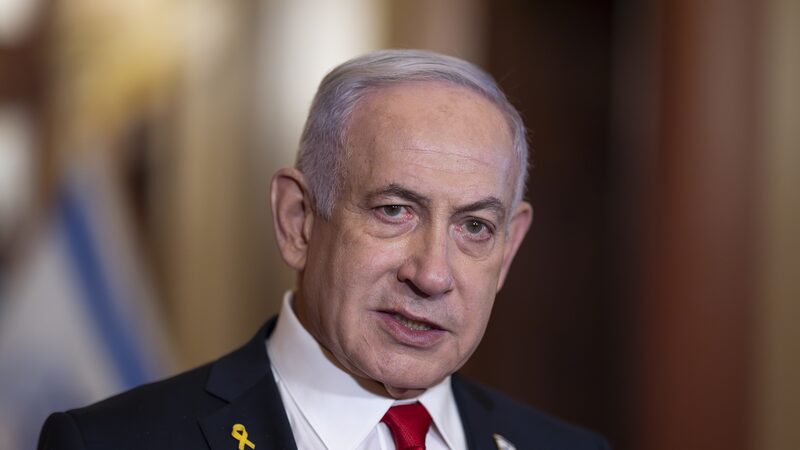Israeli negotiators have presented Qatari mediators with a revised plan for partial troop withdrawals from Gaza's Morag Corridor, signaling potential movement in stalled ceasefire negotiations. The proposal – which includes redeploying forces from a strategic military zone between Rafah and Khan Younis – comes as Hamas confirmed willingness to release 10 hostages under a U.S.-backed 60-day truce framework.
The development follows Tuesday's high-profile meeting between Israeli Prime Minister Benjamin Netanyahu and U.S. President Donald Trump, who described negotiations as "getting very close to a deal." However, Palestinian Islamic Jihad officials cautioned that fundamental disagreements persist over post-ceasefire security arrangements and humanitarian aid access.
Security Zones Complicate Negotiations
At the heart of discussions lies Israel's network of fortified "security zones" like the Morag Corridor, established through extensive demolition of civilian infrastructure. While Israeli officials describe the partial withdrawal map as "substantial progress," analysts note these zones remain central to Israel's long-term security strategy.
Niu Xinchun of Ningxia University's China-Arab States Research Institute told China Media Group: "The core conflict remains unresolved. Hamas needs survival guarantees through a permanent ceasefire, while Israel demands hostage returns and Hamas's dismantlement – these are fundamentally incompatible objectives."
With over 57,000 reported casualties since October 2023 and 50 hostages still believed captive, international mediators race against time to bridge diverging demands. As talks continue in Doha, global markets watch for impacts on regional stability while diaspora communities await signs of humanitarian relief.
Reference(s):
cgtn.com
